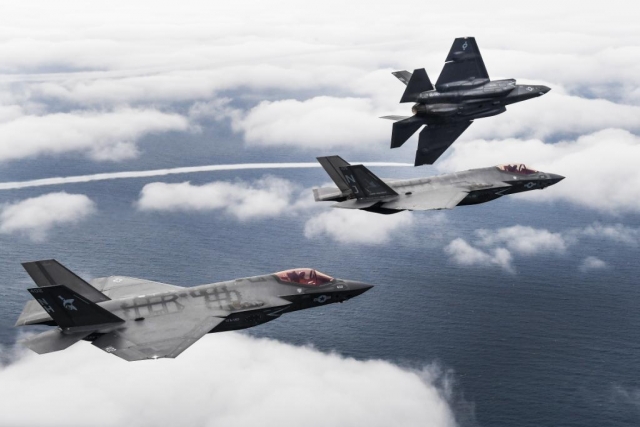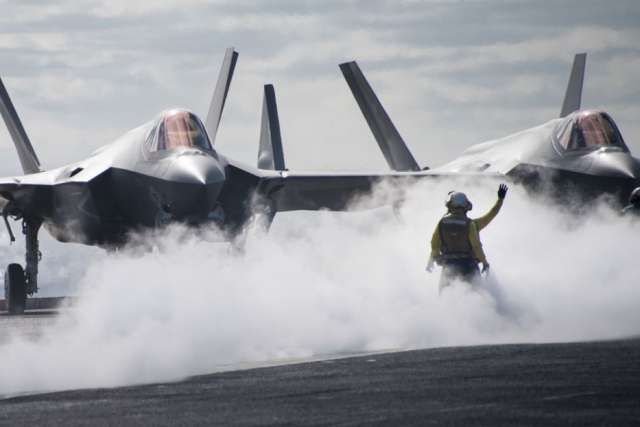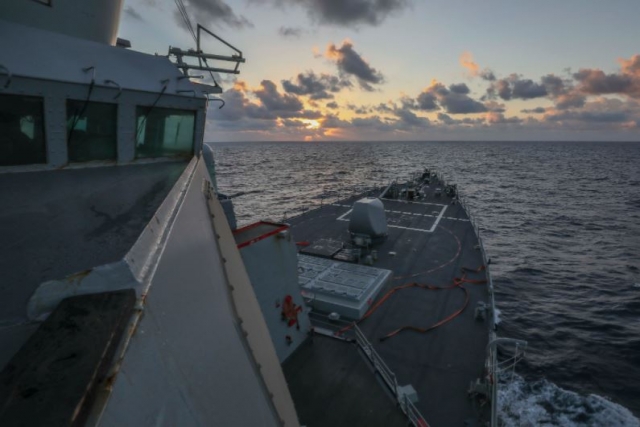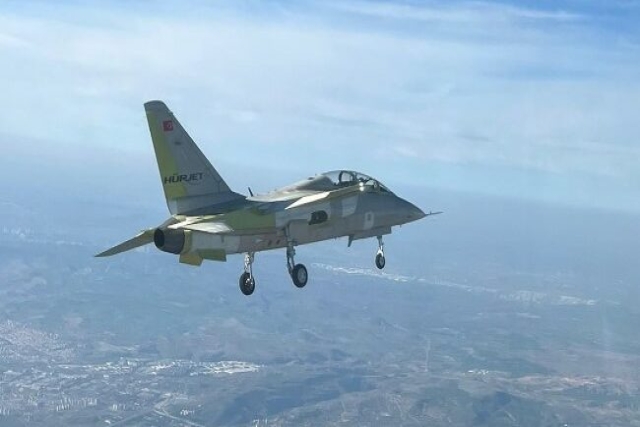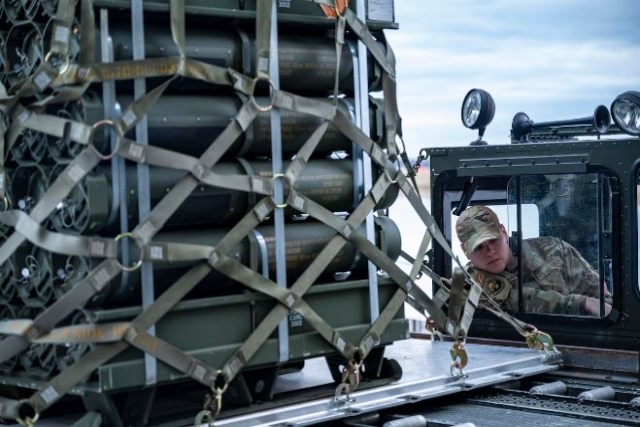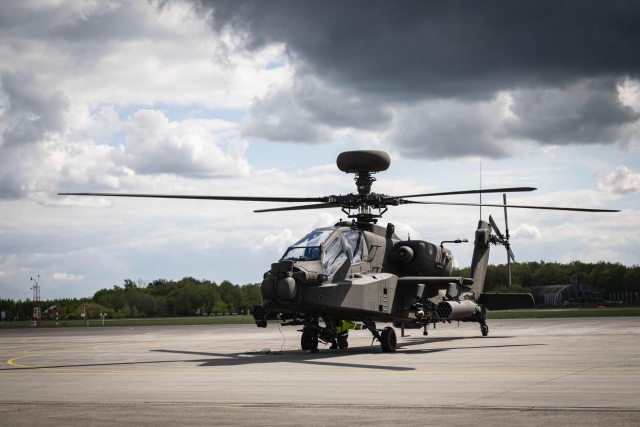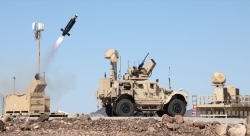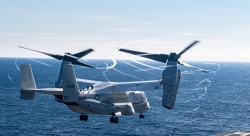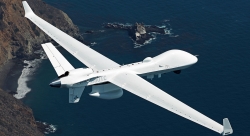Pentagon Formulates Strategy to Deter Chinese ‘Aggression’ in the Indo-Pacific Region
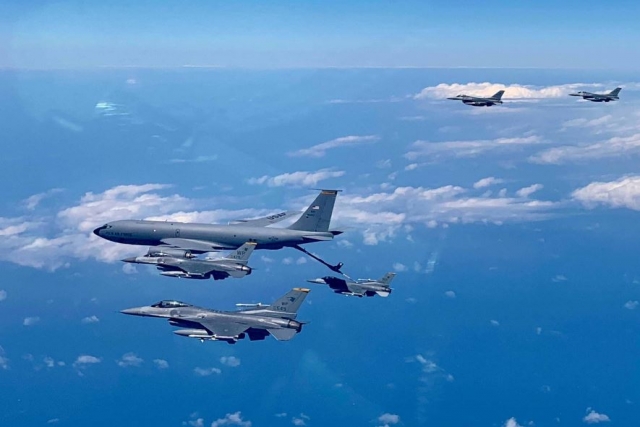
The Defense Department has come up with a strategy to deter what it calls Chinese ‘aggression’ in the Indo-Pacific region after a series of ‘unsafe’ encounters between Chinese aircraft and warships, and U.S. allies in the region.
Last month, a Chinese fighter aircraft cut across the nose of an Australian aircraft which was conducting legal operations over the South China Sea. The Chinese aircraft released chaff that was sucked into the engine of the Australian aircraft, said Ely Ratner, who spoke at the Center for Strategic and International Studies. "Chaff" consists of fragments of aluminum, or another material, released from an aircraft as a radar countermeasure.
That incident, Ratner said, came shortly after another series of incidents where Chinese aircraft unsafely intercepted Canadian aircraft who were also conducting legal activities on behalf of the U.N. Security Council over the East China Sea.
Another incident, he said, involved a Chinese naval vessel endangering another Australian aircraft by aiming a laser at it.
"These are not isolated incidents," Ratner said. "Over the last five years, the number of unsafe PLA [People's Liberation Army] intercepts, including U.S. allies and partners operating lawfully in international airspace in the South China Sea has increased dramatically with dozens of dangerous events in the first half of this year alone. In my view, this aggressive and irresponsible behavior represents one of the most significant threats to peace and stability in the region today, including in the South China Sea."
Ratner said if the Chinese military continues that unsafe behavior, in short time, it might cause a major incident or accident in the region. Chinese actions, he said, are part of an effort by Beijing to systematically test the limits of U.S. and partner resolve and to advance a new status quo in the South China Sea that disregards existing commitments to a respect for sovereignty, peaceful resolution of disputes and adherence to international law.
"What this demands of us is that we demonstrate the will and capability to properly deter PRC aggression," he said.
The Defense Department has a strategy, Ratner said, which is aimed at ensuring the U.S., its partners and allies can continue to enjoy a free and open Indo-Pacific region where both international law and national sovereignty are respected.
The strategy includes: Building asymmetric advantages for U.S. partners, Building a combat-credible forward presence in the Indo-Pacific and Enabling the most capable of U.S. partners in the region.
"Without question, bolstering our partners' self-defense capabilities in the South China Sea, and across the region, is a task of foremost importance for the Defense Department," Ratner said. "DOD is taking an increasingly proactive approach in looking at new options to support these efforts."
Underlying that approach, he said, is an understanding that deterrence doesn't mean matching competitors' capabilities directly.
"We've seen reminders in Ukraine that smaller nations can outmaneuver larger aggressors through smart investments in self-defense technologies, anti-aircraft weapons and other anti-access/denial capabilities," he said.
Information can also be as powerful a tool as hardware, he said. And to that end the Defense Department is providing better support to partner intelligence, surveillance and reconnaissance capabilities and rethinking how it manages and shares information.
"We're doubling down on our efforts to build a common operating picture with our partners that will allow them to better detect and counter illicit activities in their territorial waters," he said. "Our new Indo-Pacific Partnership for Maritime Domain Awareness ... which we launched at the Quad Leaders Summit in May, is just one way that we're doing so."
The Indo-Pacific Partnership for Maritime Domain Awareness, he said, will allow the U.S. to share near-real-time satellite data with partners.
Building a more combat-credible forward presence in the Indo-Pacific, Ratner said, means a focus on day-to-day campaigning, and the harnessing of new capabilities, operational concepts, and combined warfighting development with allies to complicate competitor military preparations.
"We're building a more dynamic presence in the region," he said. "In practice, this means we're operating forward and more flexibly, including through a regular tempo of rotational activities."
Across the Indo-Pacific, Ratner said, the U.S. military has been increasing the complexity, jointness, duration and scale of combined exercises with allies. Another of the department's effort to ensure a free and open Indo-Pacific region, Ratner said, is better enabling the U.S.'s more capable partners and allies in the region.
U.S. alliances with Australia, Japan, the Philippines, South Korea and Thailand, for instance, remain at the center DOD's approach here, he said.

